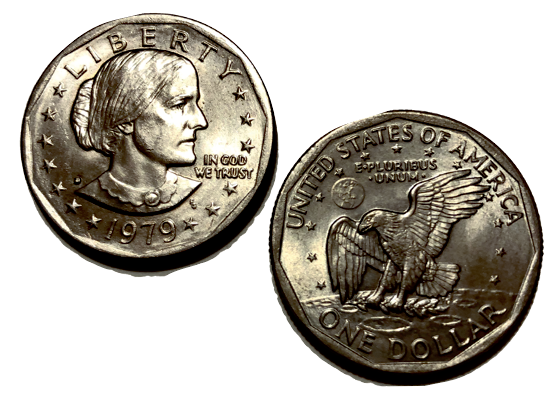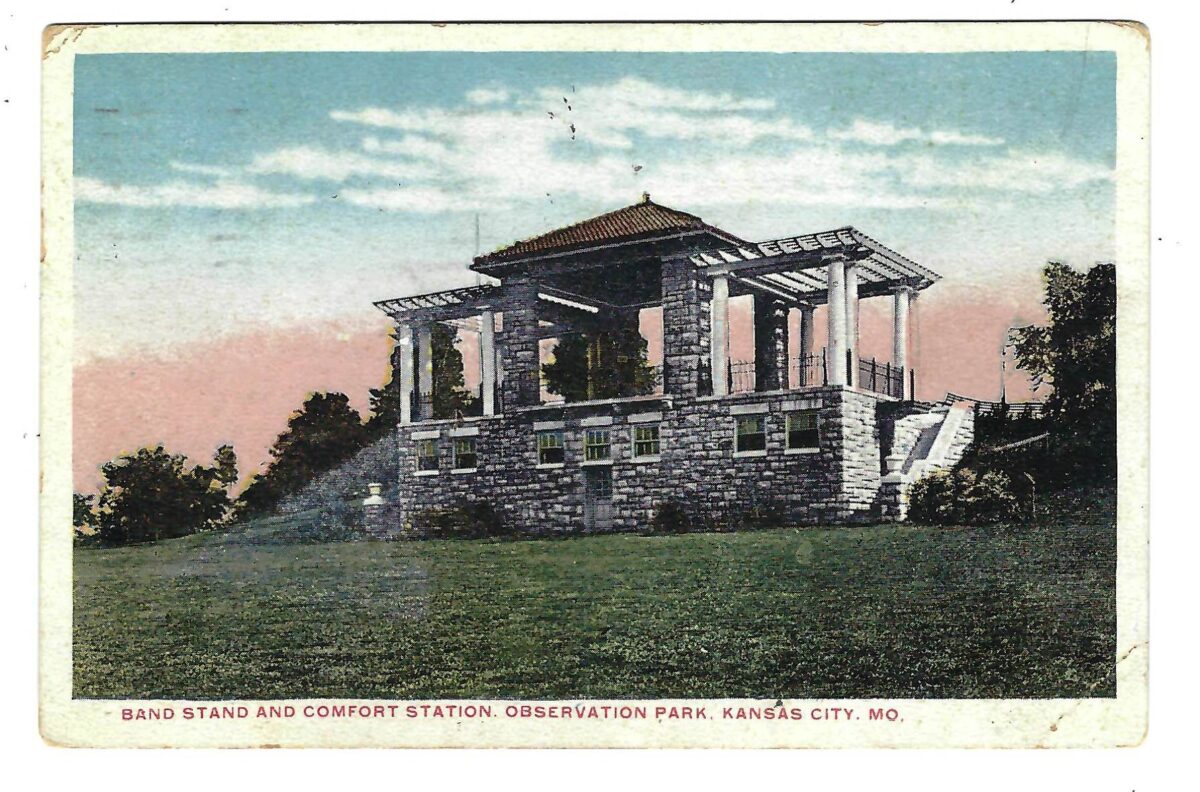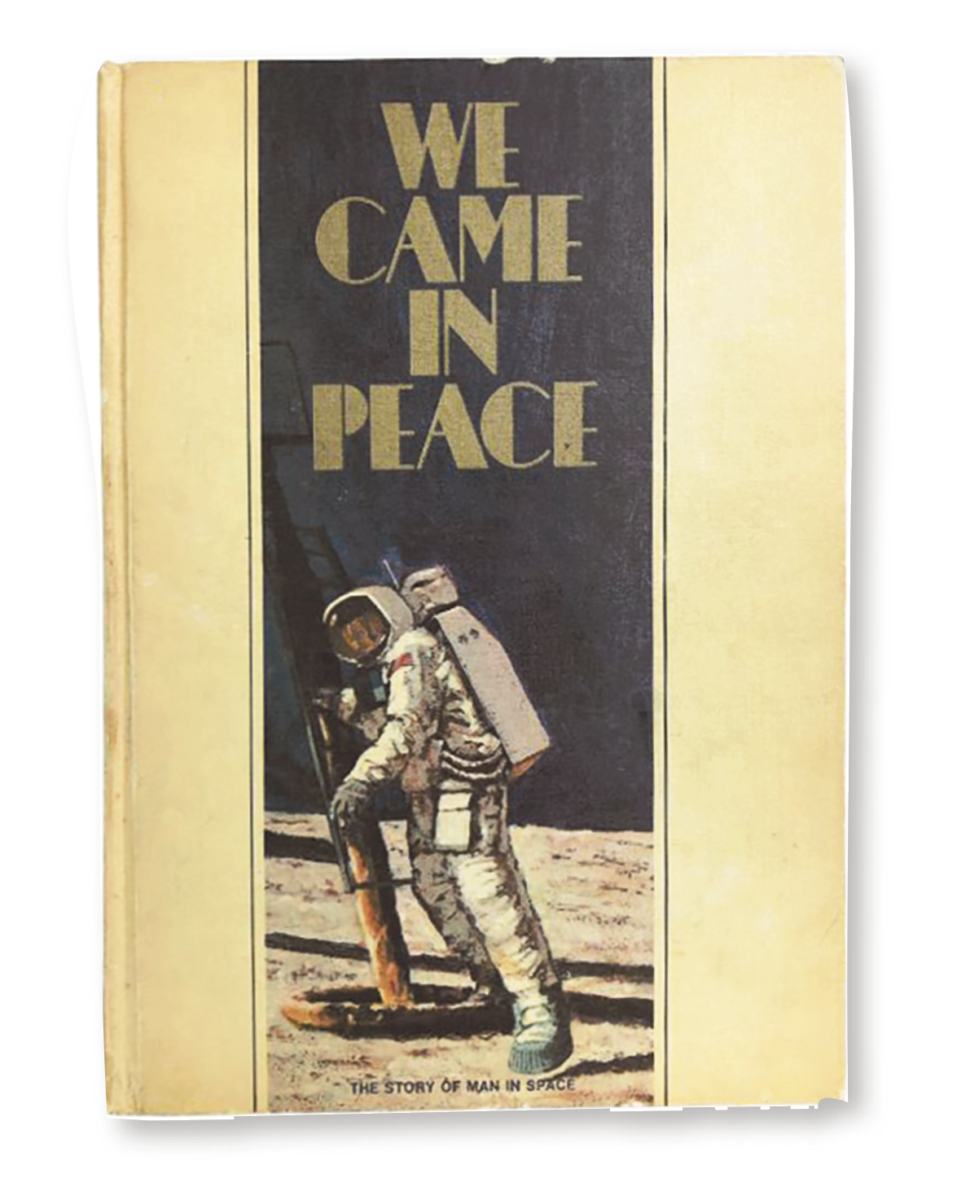
Dorri Partain
Assistant Editor
Quarter or dollar?
After the Susan B. Anthony one dollar coin was introduced in 1979, users quickly discovered it was hard to distinguish from the Washington quarter due to the similar size and color.
The U.S. Mint reintroduced the one dollar coin, bearing the image of President Eisenhower in 1971, but consumers complained about the size and weight of the new coin compared to dollar bills.
Looking to rectify those complaints, the Research Triangle Institute (TRI) recommended the new dollar should be smaller, a different color (gold), have a distinctive edge, and be introduced with a major marketing campaign.
Chief engraver Frank Gasparo, who had designed the Eisenhower dollar coin, was tasked with creating a new design and was set to use the Lady Liberty image that had been used decades before when Senator William Proxmire, chair of the Committee on Banking, Housing, and Urban Affairs, suggested an actual female historical figure instead.
His choice, Susan B. Anthony (1820-1906), sought equality for all, pushed to abolish slavery and fought for equality for women, especially the right to vote, the majority of her life.
The coin design was approved by Congress and signed by President Jimmy Carter in October 1978, with the new coin issued to banks on July 2, 1979; the only RTI recommendation that was enacted was that the coin was smaller than the previous dollar coin.
The reverse featured the same design as the Eisenhower dollar, the insignia of the Apollo 11 space mission as drawn by Command Module pilot Michael Collins.
In 1979, 750 million coins were produced and vending machine manufacturers modified their coin slots to accept the new-sized coin, but consumers were not enthusiastic about either the
coin’s design or size.
Only 90 million were minted in 1980 and the coin only appeared in collector sets in 1981, due to the number of coins stockpiled waiting for circulation demand.
The design made a brief reappearance in 1991 when 41 million were minted by request of the U.S. Postal Service, so that they could be used in their new
stamp-vending machines while waiting for the production of the gold-colored Sacagawea dollar coin scheduled to be released in 2000.



















